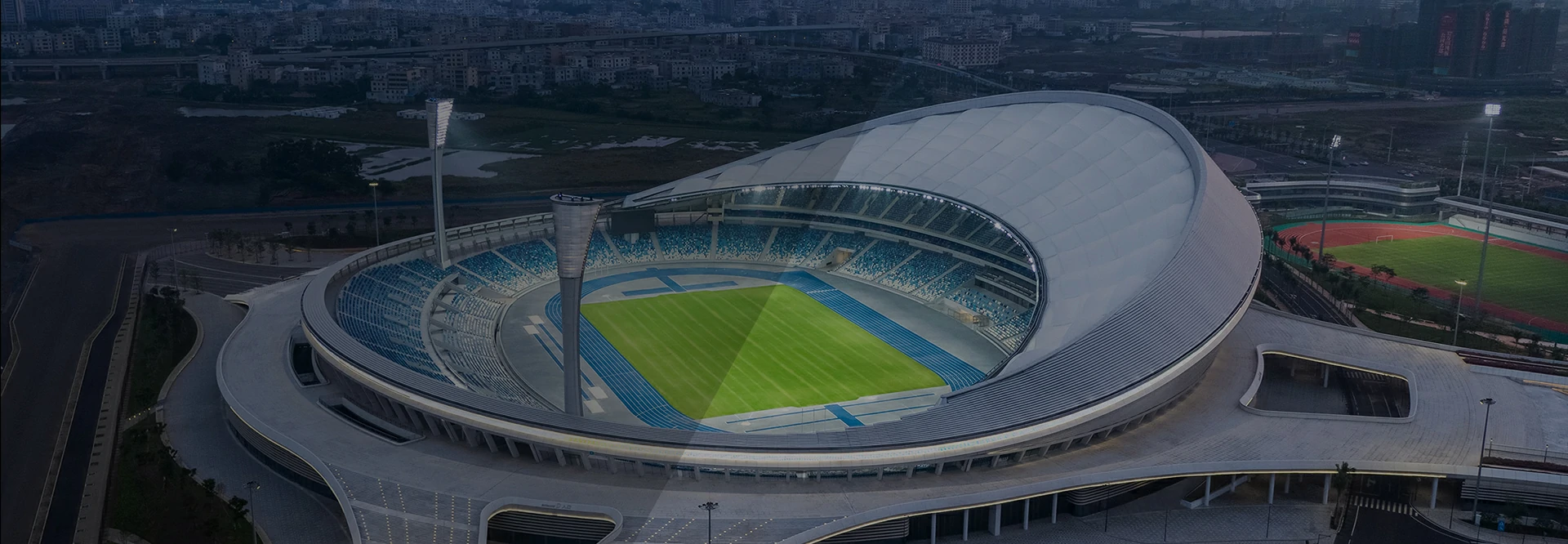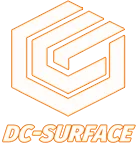Guidelines for Constructing International Standard Athletics Tracks (World Athletics-Centric)
1. Core Standards & Classification
The highest global authority for athletics facilities is World Athletics (formerly IAAF), with its World Athletics Facilities Manual(2023 edition) serving as the global benchmark for school, competition, and training venues. While some regions (e.g., the U.S., Europe) may reference national associations (e.g., USATF, UK Athletics), all standards must align with World Athletics specifications.
2. Track Types & Classification (World Athletics 2023)
2.1 Primary Track Type
The global standard is a 400m standard oval track (innermost lane circumference: 400m), suitable for track and field events, training, and competitions. Specialized events (e.g., race walking, steeplechase) require additional auxiliary zones.
2.2 Facility Classification by Function
World Athletics categorizes tracks into three classes based on event level:
- Class 1 (Elite Competition): For Olympics, World Championships, and continental games. Must fully comply with all World Athletics technical parameters (e.g., circumference error ≤+20mm). Requires full auxiliary facilities (warm-up zones, media areas).
- Class 2 (National/Regional Competitions): For national university games or provincial championships. Allows circumference error ≤+30mm. May simplify non-essential facilities (e.g., no fixed media zones).
- Class 3 (Training/Instructional): For daily teaching and training. Requires basic safety and performance (e.g., circumference error ≤+50mm). Auxiliary facilities (e.g., field event areas) are optional.
3. Core Dimensions & Geometric Design (World Athletics 2023)
3.1 400m Track Key Parameters
| Parámetro |
Requirement |
| Innermost Lap Length |
Strictly 400m (tolerance: Class 1 ≤+20mm; Class 2 ≤+30mm; Class 3 ≤+50mm). |
| Inner Radius (R) |
Recommended: 36.0m, 36.5m, or 37.898m (36.5m is most common, balancing curve sharpness and straight length). |
| Straight Length (L) |
For R=36.5m: L=2400−2πR≈84.39m(symmetrical, error ≤±20mm per lane). |
| Lane Width |
1.22m ±0.01m per lane (includes curb). Buffer zones between lanes ≥0.5m (training may reduce to 0.3m with safety lines). |
| Curve Superelevation |
Only required for Class 1 (outer lane superelevation ≤0.07m to avoid balance disruption). Class 2/3 typically flat. |
| Circumference Verification |
Laser-measured along inner edge, midline, and outer edge (3 readings each; average must meet class tolerance). |
3.2 Auxiliary Zones (Global Requirements)
- Field Event Areas:
- Long/Triple Jump: Runway length ≥30m (start line ≥1.22m from inner track edge); sand pit width 2.75–3m, depth ≥0.5m (buffer mat required).
- Shot Put/Discus: Throwing circle diameter 2.135m (steel/concrete); landing sector angle 34.92° (marked with boundary poles); ≥15m from inner track edge.
- Javelin/Discus (non-international): Separate area ≥20m from track; landing sector 29°–32° (simplified for non-elite use).
- Warm-Up Zone (Mandatory for Class 1/2):
Parallel to main track, length ≥60m, width ≥4 lanes (4.88m). Surface material matching or similar to main track.
- Football/Rugby Field (Common Integration):
Track encloses a FIFA-compliant field: length 100–110m, width 64–75m (international competitions require 105m×68m).
4. Materials & Construction (World Athletics Certification)
4.1 Surface Material Performance Standards
World Athletics mandates the following for all classes:
- Vertical Deformation: ≤0.6mm (tested with 20kg hammer dropped from 300mm height).
- Resistencia a la abrasión: ≤3.5mm/year (DIN 53113 standard).
- Slip Resistance: BPN (Brake Pad Number) ≥45 (dry); ≥35 (wet).
- Environmental Compliance: Meets EU REACH regulations (restricts phthalates, short-chain chlorinated paraffins); VOC ≤50g/L (ASTM F2157).
- Durability: Design life ≥8 years (Class 1 ≥10 years); UV resistance (≥80% tensile strength retention after 500 hours of UV exposure).
4.2 Common Surface Types (Global Practices)
| Type |
Process Overview |
Aplicación |
Certified Examples |
| Pre-Fabricated Track |
Factory-molded (13–15mm thick) with elastic layer (EVA/PU) + wear layer (EPDM particles + polyurethane). |
Class 1/2 elite venues (Olympics). |
London 2012, Tokyo 2020 main tracks. |
| Pour-in-Place Polyurethane |
On-site mixing of polyurethane (A/B components) + colorant + EPDM particles; machine-laid (12–15mm thick). |
Class 2/3 training/teaching (universities/high schools). |
Most NCAA U.S. university tracks. |
| Hybrid Track |
Base layer pre-fabricated roll material; top layer poured polyurethane (cost-performance balance). |
Budget Class 2 venues. |
European university combined stadiums. |
4.3 Key Construction Workflow (Pour-in-Place Example)
- Foundation Preparation (Critical for longevity):
- Remove topsoil; compact subgrade (≥95% compaction, moisture ±2% of optimal). For soft soil, replace with 30cm graded crushed stone (30–50mm aggregate).
- Lay 15–20cm asphalt concrete (AC-13 gradation, ≥98% compaction); surface flatness ≤3mm/3m (3m straightedge test).
- Surveying & Marking:
Use total stations or GPS to mark inner/outer edges, straight midlines, and curve tangent points (error ≤2mm). Mark reference lines with chalk/paint.
- Base Layer Installation:
- Apply adhesive (0.5–1mm thick; cure 30 mins); spread EPDM particles (2–4mm, 8–10mm thick). Roll to density (≥95% compaction).
- Check flatness (3m straightedge ≤3mm); patch local depressions.
- Top Layer Pouring:
- Mix polyurethane (A:B = 1:3–1:4) + colorant (red/blue primary); temperature 15–35°C, humidity ≤70%.
- Machine-lay (1.5–2m/min) to 3–5mm thickness (±0.5mm tolerance).
- Spread anti-slip particles (EPDM/silica, 0.5–1mm, 1–2kg/㎡); sweep excess particles after 24hrs.
5. Inspection & Maintenance (World Athletics Guidelines)
5.1 Third-Party Inspection (Mandatory)
Engage World Athletics-certified labs (e.g., SGS, TÜV) to test:
- Geometry: Circumference, radius, straight length, slopes (cross slope ≤0.8%, longitudinal ≤0.1%).
- Physical Properties: Vertical deformation, abrasion resistance, slip resistance, rebound rate (≥20%).
- Environmental Compliance: VOC, heavy metals (Pb ≤90mg/kg, Cd ≤10mg/kg), phthalates (≤0.1%).
5.2 Daily Maintenance Standards
- Cleaning: Sweep/vacuum weekly; avoid high-pressure water (damages bonding layers).
- Repair: Fix cracks ≤5mm within 24hrs (cut rectangular area, remove old material, re-pour same batch). Resurface large delaminations.
- Prohibited Actions: No vehicle traffic (except maintenance), heavy loads (≥50kg), or sharp objects (spike length ≤6mm).
- Regular Testing: Recheck elasticity/thickness every 2 years; evaluate full renovation after 8 years (Class 1: every 5 years).
6. High School vs. University Differences
- High Schools: Prioritize instruction/training (Class 3 recommended: circumference error ≤+50mm). Simplify warm-up zones (temporary markings); share field event areas with track buffer zones.
- Universities: For international events (e.g., Universiade), build Class 1/2 (with warm-up zones, media areas, broadcast channels). Daily use can align with Class 2, allowing future upgrades.
Conclusion
International standard tracks require strict adherence to World Athletics geometric and material specifications, tailored to school needs (competition vs. training). Success hinges on professional design, certified materials, and compliant construction to ensure safety, durability, and global usability.


 Tel:+86 1375 1210 938
Tel:+86 1375 1210 938 Whatsapp:+86 1375 1210 938
Whatsapp:+86 1375 1210 938 Telegrama:+86 1375 1210 938
Telegrama:+86 1375 1210 938 Correo electrónico: ceo@dc-surface.com
Correo electrónico: ceo@dc-surface.com Dirección:No:332 Dalang Town Dongguan City China 523000
Dirección:No:332 Dalang Town Dongguan City China 523000